Image of 1952 Packard 250, sourced from auto.howstuffworks.com , Image Link.
Performance Metrics
Fundamental Metrics
Emotional Appeal
MMP Rating
| Engine Specifications | |
|---|---|
| Engine: | Straight 8 |
| Displacement: | 327 cu in (5.4 L) |
| Horsepower: | 150 hp |
| Torque: | 270 lb-ft |
| Compression Ratio: | 7.0:1 |
| Ignition System: | Battery Ignition |
| Cooling System: | Liquid Cooled |
| Performance Specifications | |
| 0-60 Time: | Estimated 15 seconds |
| 1/4 Mile Time: | Not available |
| Top Speed: | 100 mph |
| Transmission and Drive | |
| Drive Type: | Rear Wheel Drive |
| Transmission Type: | Ultramatic automatic transmission |
| Fuel and Efficiency | |
| Fuel System Type: | Carburetor |
| MPG: | Estimated 15-20 mpg |
| Dimensions and Brakes | |
| Brakes: | Drum Brakes |
| Wheelbase: | 122 inches |
| Weight: | 3,700 lbs |
Note: Specifications for classic cars are given to the best of our ability, considering the limited and variant data available.
Unveiling the Elegance of the 1952 Packard 250
The year 1952 saw the introduction of a vehicle that would become a symbol of post-war American luxury and innovation: the Packard 250. Born from the prestigious Packard Motor Car Company, a stalwart of automotive excellence since 1899, this model carried the legacy of a brand synonymous with quality and prestige. Amidst an era where chrome and tailfins were becoming the language of automotive design, the Packard 250 emerged as a beacon of classic elegance and understated style. Notably, it was during this time that Packard decided to introduce power steering, an innovation that would become standard in the years to follow.
Design and Innovation
The exterior of the 1952 Packard 250 was a testament to refined styling. Its body lines were sleek yet substantial, with a front grille that exuded confidence and poise. The vehicle's silhouette was accentuated by tasteful chrome accents, which highlighted its length and sophistication. Inside, passengers were enveloped in luxury with rich leather upholstery and wood grain details that spoke volumes about the craftsmanship of the era. The dashboard was an exercise in functional beauty, providing drivers with essential information encased in artful instrumentation. Technological advancements were not left behind; the Packard 250 featured innovations such as Ultramatic transmission, which offered smooth shifting and was ahead of its time. Color options ranged from stately blacks and blues to more adventurous hues, with Egyptian Sand being a popular choice for its unique blend of subtlety and flair. Body styles included coupes and convertibles, but it was the convertible that captured hearts with its top-down grandeur, making it an icon of the Packard line.
Historical Significance
The Packard 250's introduction marked a pivotal moment in automotive history. It bridged the gap between pre-war opulence and modern design sensibilities. Its influence extended beyond aesthetics; it set benchmarks for vehicle comfort and performance that competitors strived to emulate. The Packard 250's blend of style, power, and innovation helped cement Packard's reputation during a time when the automotive industry was fiercely competitive.
Performance and Handling
Underneath its polished exterior, the 1952 Packard 250 housed a robust straight-eight engine that delivered smooth acceleration and commendable top speeds for its time. While exact figures vary, it was known for reaching highway speeds with grace uncommon in many cars from that period. The ride quality was exceptional, absorbing bumps with ease thanks to its well-engineered suspension system. Drivers often remarked on the quiet purr of the engine and how handling felt secure even when navigating winding roads or facing adverse weather conditions.
Ownership Experience
Owners of the Packard 250 typically used their vehicles for more than just Sunday drives; they became symbols of status in everyday life or as distinguished participants at car shows. Maintenance required a dedicated approach due to its specialized parts and systems but overall reliability was a hallmark of Packard engineering. Enthusiasts often speak fondly of their experiences keeping these classics roadworthy—a testament to their enduring build quality.
Fun Facts
The 1952 Packard 250 has graced various collections worldwide, including those owned by celebrities and historical figures. While not known for breaking speed records, it held its own in terms of sales success during its production run. Criticisms were few but did touch upon its conservative styling amidst flashier competitors. One notable appearance includes its role in driving scenes in classic films, adding to its cultural cachet.
Collector's Information
Today, collectors cherish the 1952 Packard 250 for its elegance and rarity. While production numbers were not as low as some limited editions from other makers, finding one in pristine condition can be challenging. Estimates suggest that several thousand were produced. In terms of value range, well-maintained models can fetch anywhere from mid-five figures up to six figures depending on originality, condition, and provenance. The market has shown appreciation for these vehicles over time due to their significance in automotive history.
Conclusion
The 1952 Packard 250 stands as a testament to an era where luxury met post-war optimism. It embodies a period where attention to detail and mechanical innovation went hand-in-hand—qualities that continue to captivate classic car enthusiasts today. As we look back on this remarkable vehicle, we're reminded not just of its tangible attributes but also of its enduring legacy as a piece of American history on wheels.
1952 Packard 250 Catalog of Parts
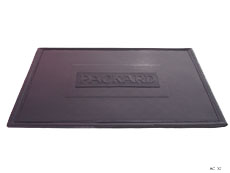 1952 Packard 250 Accessory Floor Mat - 12"X17"-AC 32Accessory Floor Mat - made of high quality black rubber with molded original emblem. Also designed to be sewn into new carpets. 12"X17", Each
1952 Packard 250 Accessory Floor Mat - 12"X17"-AC 32Accessory Floor Mat - made of high quality black rubber with molded original emblem. Also designed to be sewn into new carpets. 12"X17", Each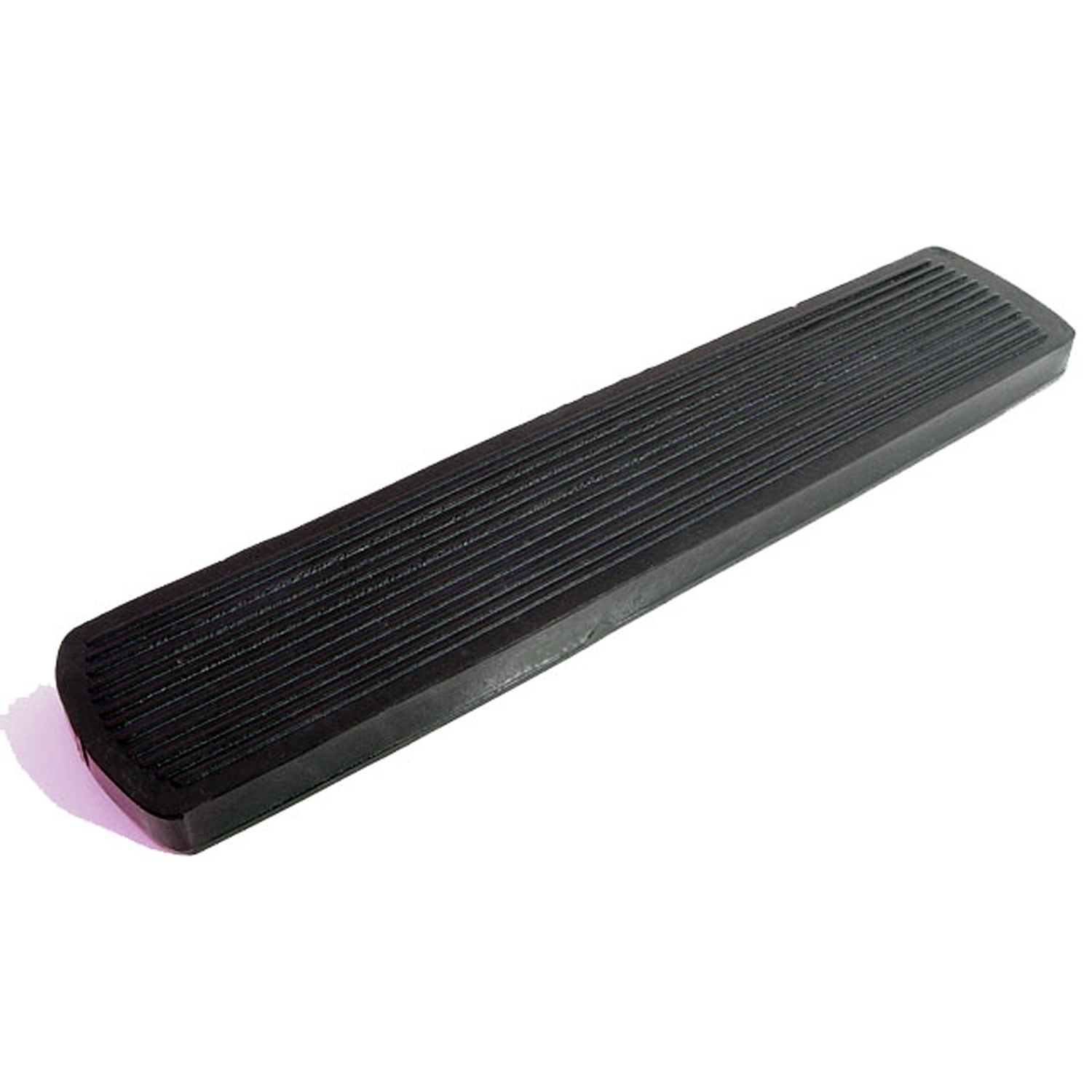 1952 Packard 250 Accelerator Pedal Pad. 1-7/8" X 9-3/8", Each-AP 16Accelerator Pedal Pad. 1-7/8" X 9-3/8", Each
1952 Packard 250 Accelerator Pedal Pad. 1-7/8" X 9-3/8", Each-AP 16Accelerator Pedal Pad. 1-7/8" X 9-3/8", Each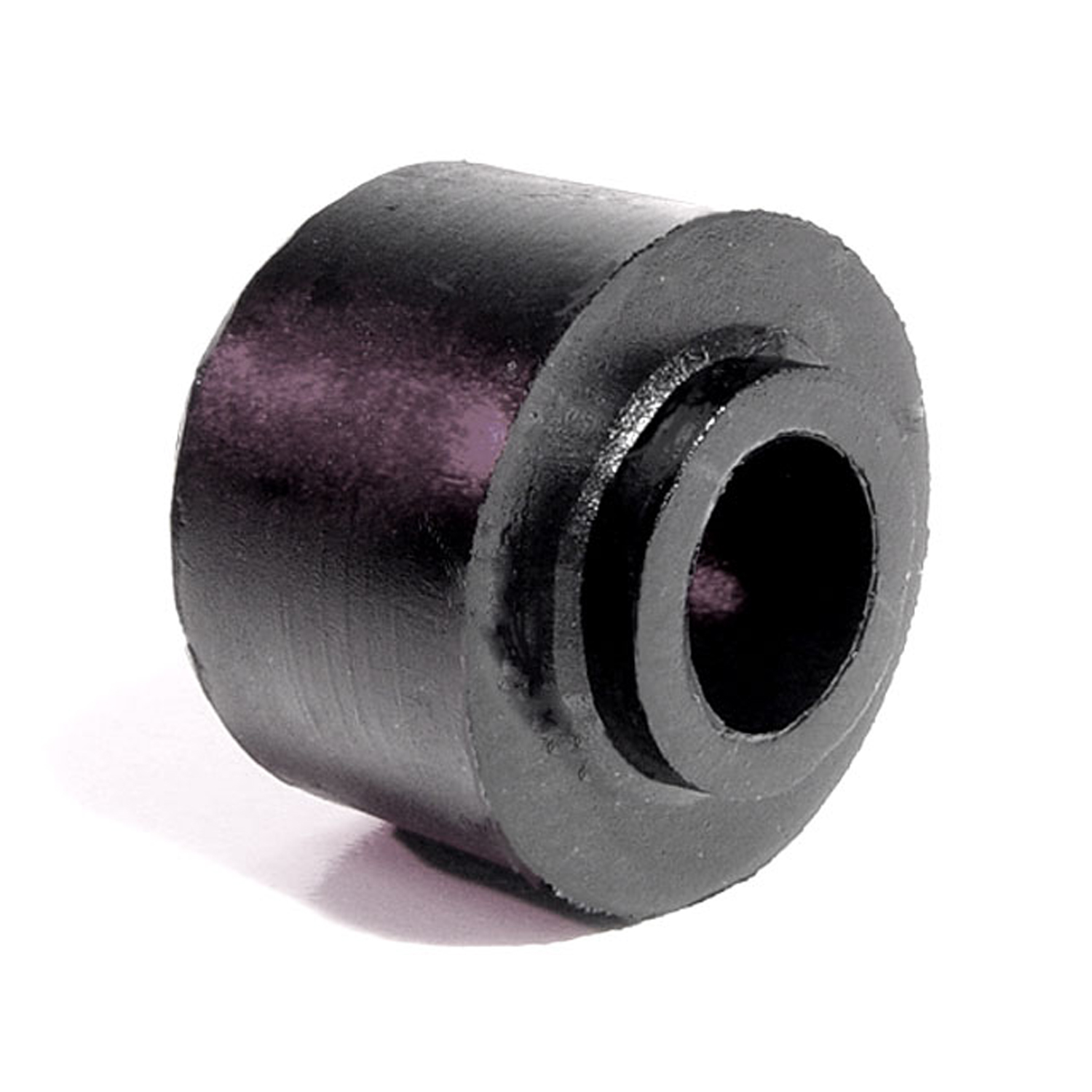 1952 Packard 250 Shock Absorber Grommet. 1" bottom O.D., 3/4" high-BN 1Shock Absorber Grommet. 1" bottom O.D., 3/4" high., with 7/16" I.D. Each
1952 Packard 250 Shock Absorber Grommet. 1" bottom O.D., 3/4" high-BN 1Shock Absorber Grommet. 1" bottom O.D., 3/4" high., with 7/16" I.D. Each 1952 Packard 250 Spring and Shackle Bushing. 1" bottom O.D-BN 20Spring and Shackle Bushing. 1" bottom O.D. X 1-5/8" high, with 9/16" I.D. Each
1952 Packard 250 Spring and Shackle Bushing. 1" bottom O.D-BN 20Spring and Shackle Bushing. 1" bottom O.D. X 1-5/8" high, with 9/16" I.D. Each 1952 Packard 250 Cowl and Hood Seal. 43-5/8" long. Each-CS 1Cowl and Hood Seal. 43-5/8" long. Each
1952 Packard 250 Cowl and Hood Seal. 43-5/8" long. Each-CS 1Cowl and Hood Seal. 43-5/8" long. Each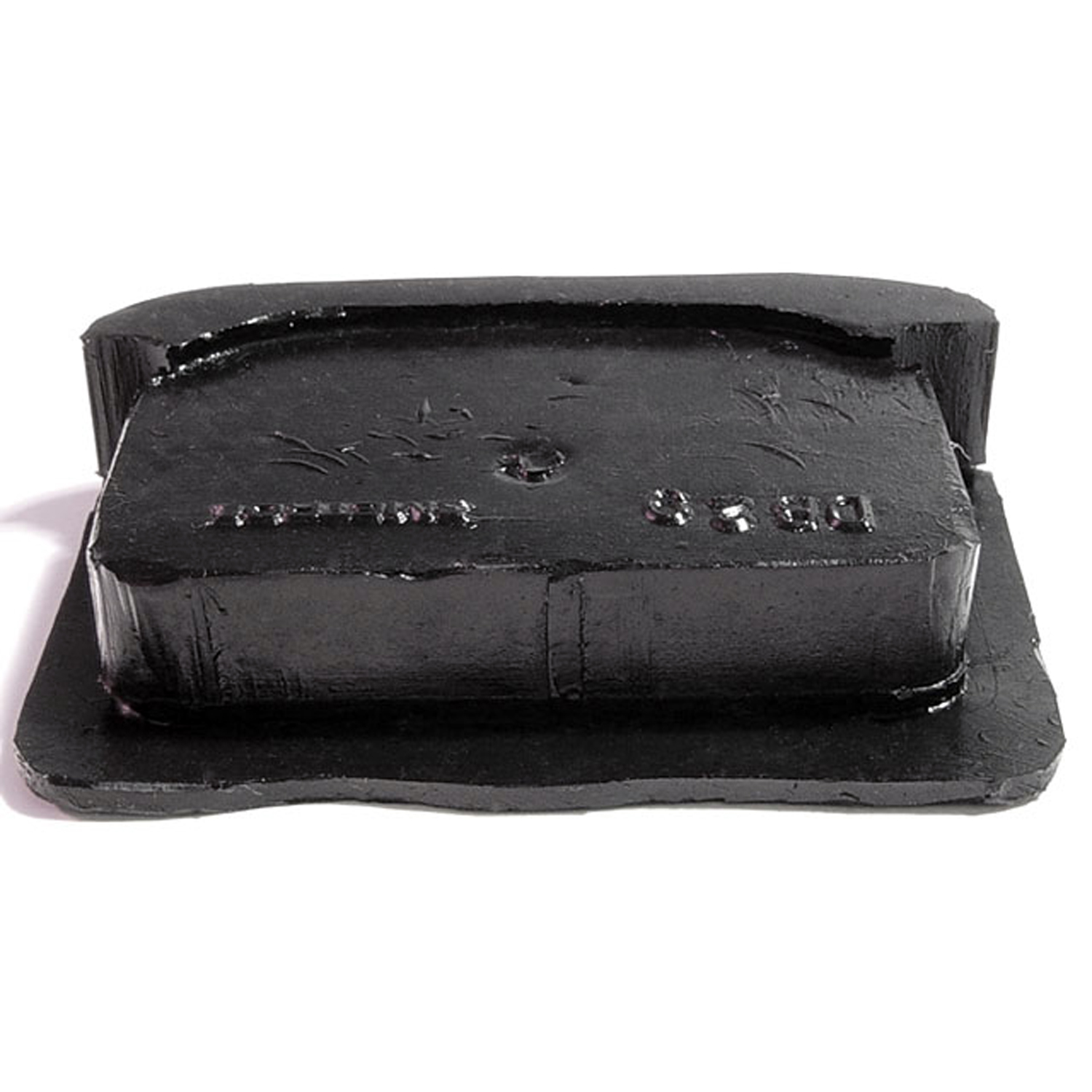 1952 Packard 250 Door Bumper. 1-3/8" high X 2" wide X 1/2" thick. Each-DB 29Door Bumper. 1-3/8" high X 2" wide X 1/2" thick. Each
1952 Packard 250 Door Bumper. 1-3/8" high X 2" wide X 1/2" thick. Each-DB 29Door Bumper. 1-3/8" high X 2" wide X 1/2" thick. Each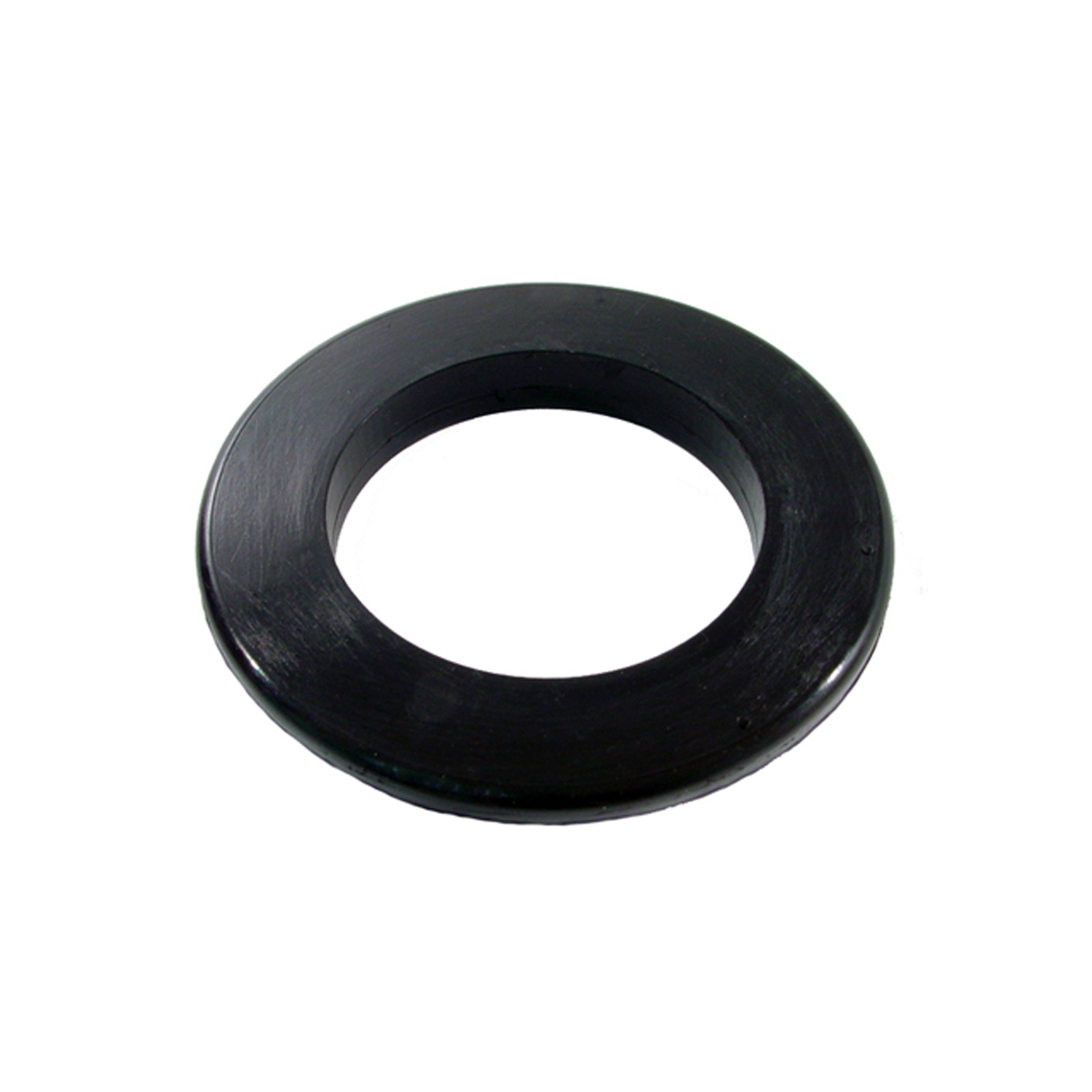 1952 Packard 250 Gas Filler Grommet. 2-1/2" I.D., 4-1/8" O.D. Each-GF 12Gas Filler Grommet. 2-1/2" I.D., 4-1/8" O.D. Each
1952 Packard 250 Gas Filler Grommet. 2-1/2" I.D., 4-1/8" O.D. Each-GF 12Gas Filler Grommet. 2-1/2" I.D., 4-1/8" O.D. Each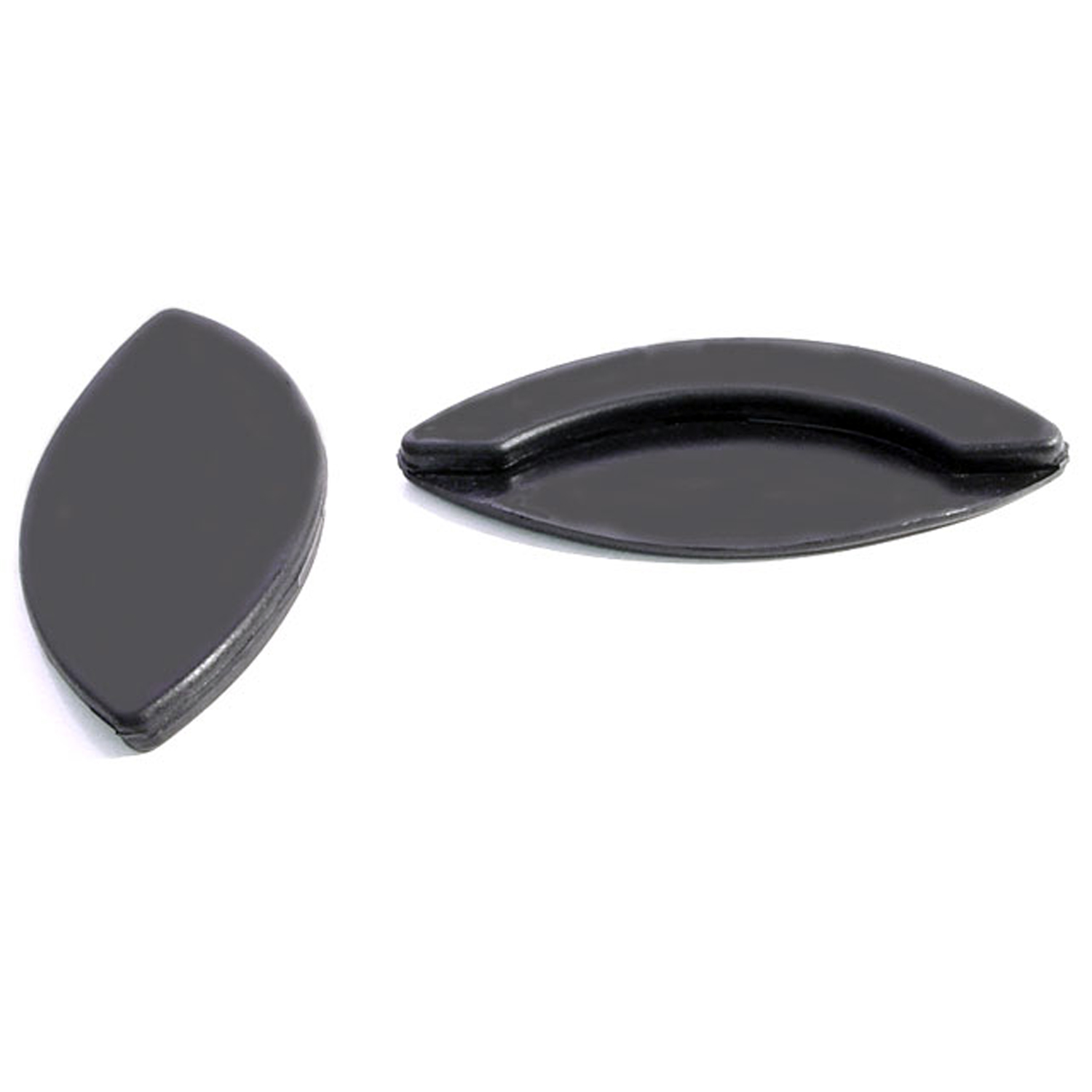 1952 Packard 250 Hood Corners. 1-3/4" to 2" corner radius-HC 14Hood Corners. 1-3/4" to 2" corner radius. Pad is 3-3/8" long. Pair
1952 Packard 250 Hood Corners. 1-3/4" to 2" corner radius-HC 14Hood Corners. 1-3/4" to 2" corner radius. Pad is 3-3/8" long. Pair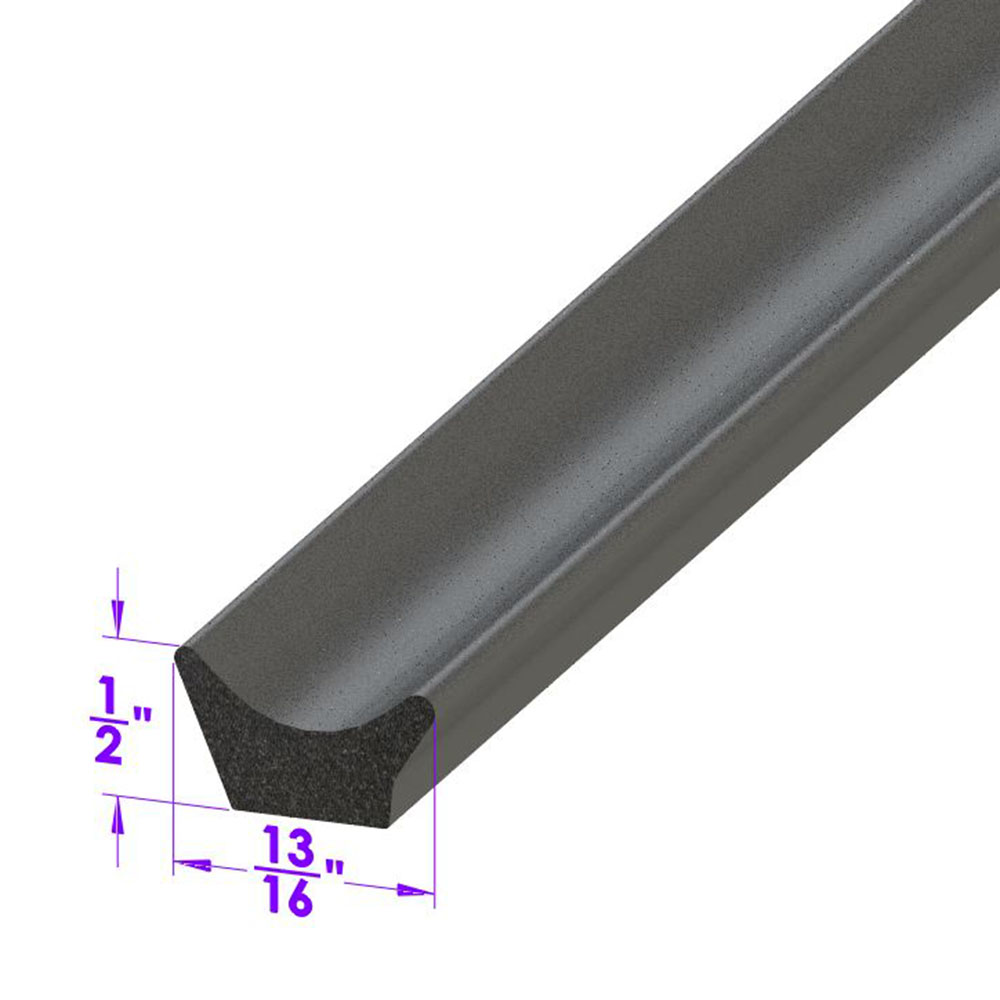 1952 Packard 250 Door side seal. Same as LP 40, but for a lighter seal-LP 40-ADoor side seal. Same as LP 40, but for a lighter seal. Fits many domestic passenger cars and trucks. Universal seal for street rods and customs. Used in Cobra kit cars as door weatherstrip. Per foot.
1952 Packard 250 Door side seal. Same as LP 40, but for a lighter seal-LP 40-ADoor side seal. Same as LP 40, but for a lighter seal. Fits many domestic passenger cars and trucks. Universal seal for street rods and customs. Used in Cobra kit cars as door weatherstrip. Per foot.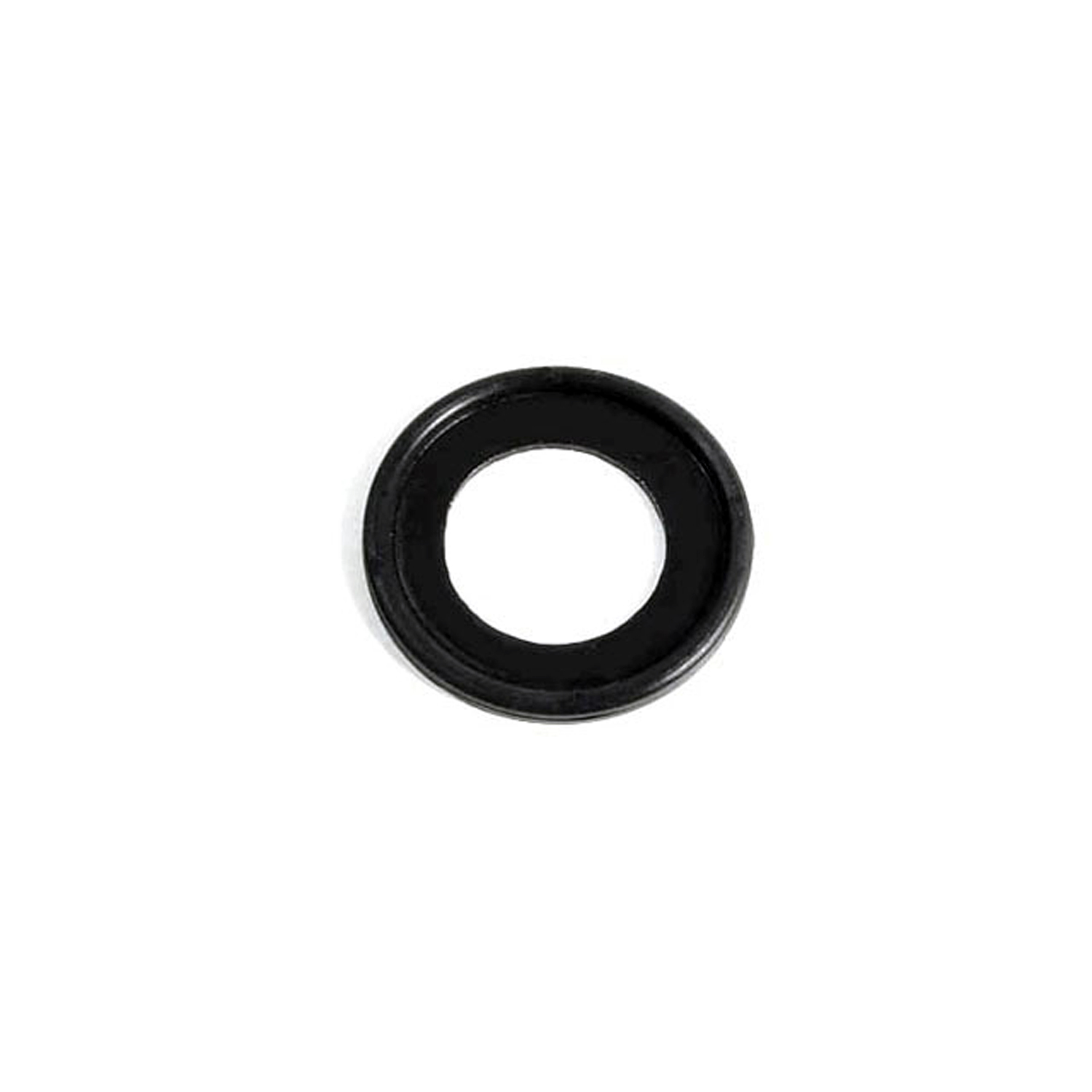 1952 Packard 250 Antenna Pad. 1-7/8" O.D. Each-MP 854-AAntenna Pad. 1-7/8" O.D. Each
1952 Packard 250 Antenna Pad. 1-7/8" O.D. Each-MP 854-AAntenna Pad. 1-7/8" O.D. Each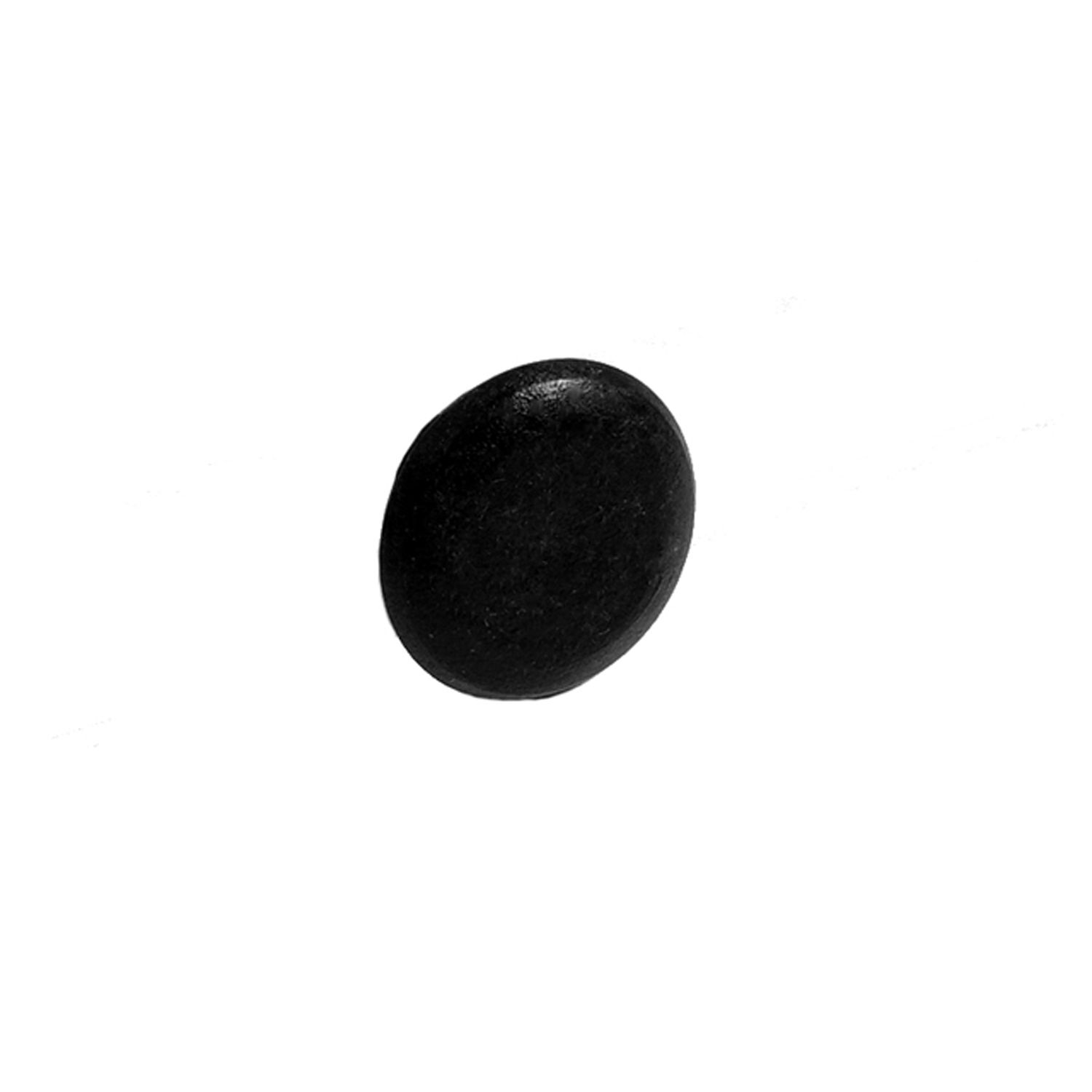 1952 Packard 250 Trunk Bumper. 3/4" O.D., 5/8" I.D. Each-SB 74Trunk Bumper. 3/4" O.D., 5/8" I.D. Each
1952 Packard 250 Trunk Bumper. 3/4" O.D., 5/8" I.D. Each-SB 74Trunk Bumper. 3/4" O.D., 5/8" I.D. Each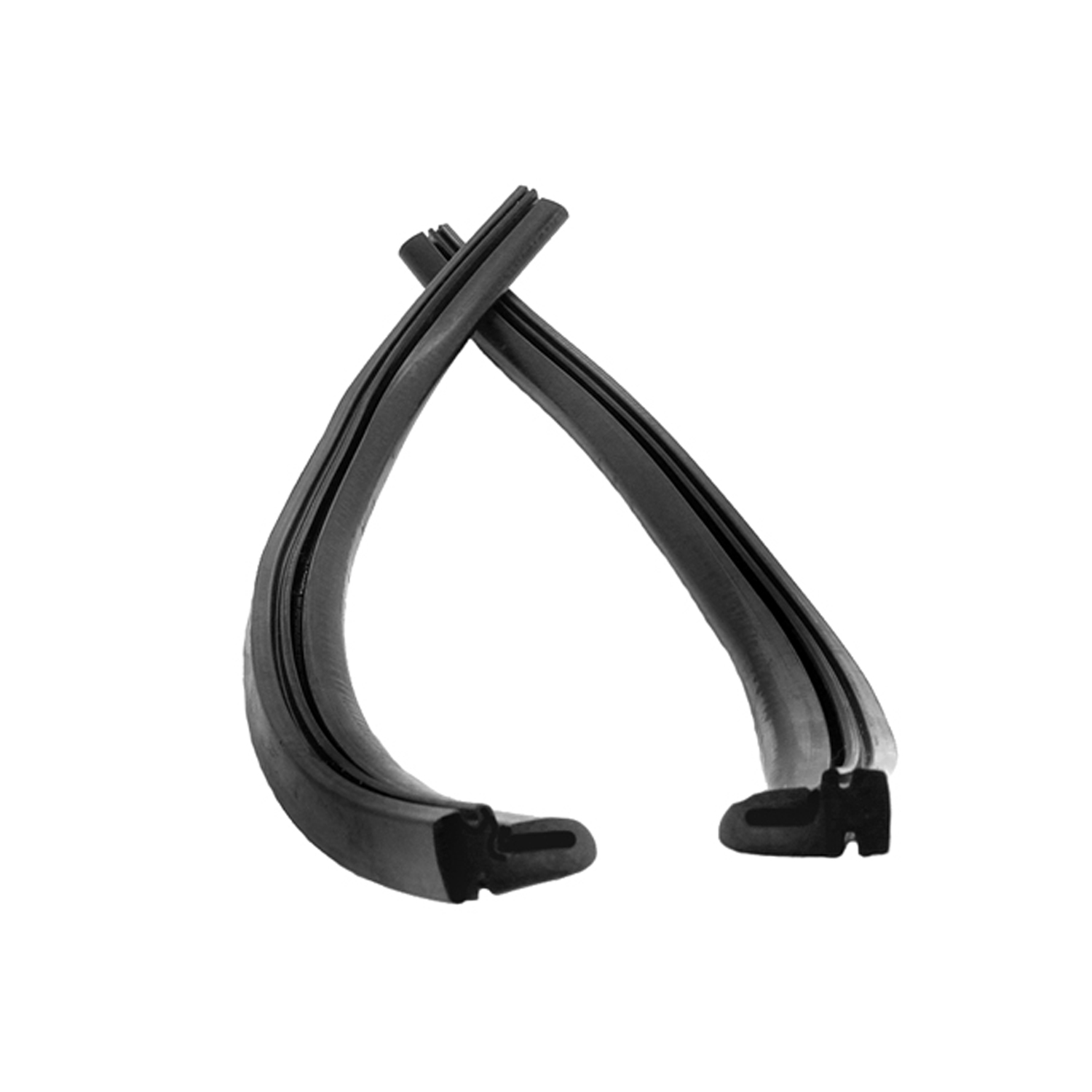 1952 Packard 250 Rear Roll-up Window Seals, for Hardtops and Convertibles-VS 7Rear Roll-up Window Seals, for Hardtops and Convertibles. For leading edge of rear quarter windows. Two pieces, 17-3/4" long. Pair
1952 Packard 250 Rear Roll-up Window Seals, for Hardtops and Convertibles-VS 7Rear Roll-up Window Seals, for Hardtops and Convertibles. For leading edge of rear quarter windows. Two pieces, 17-3/4" long. Pair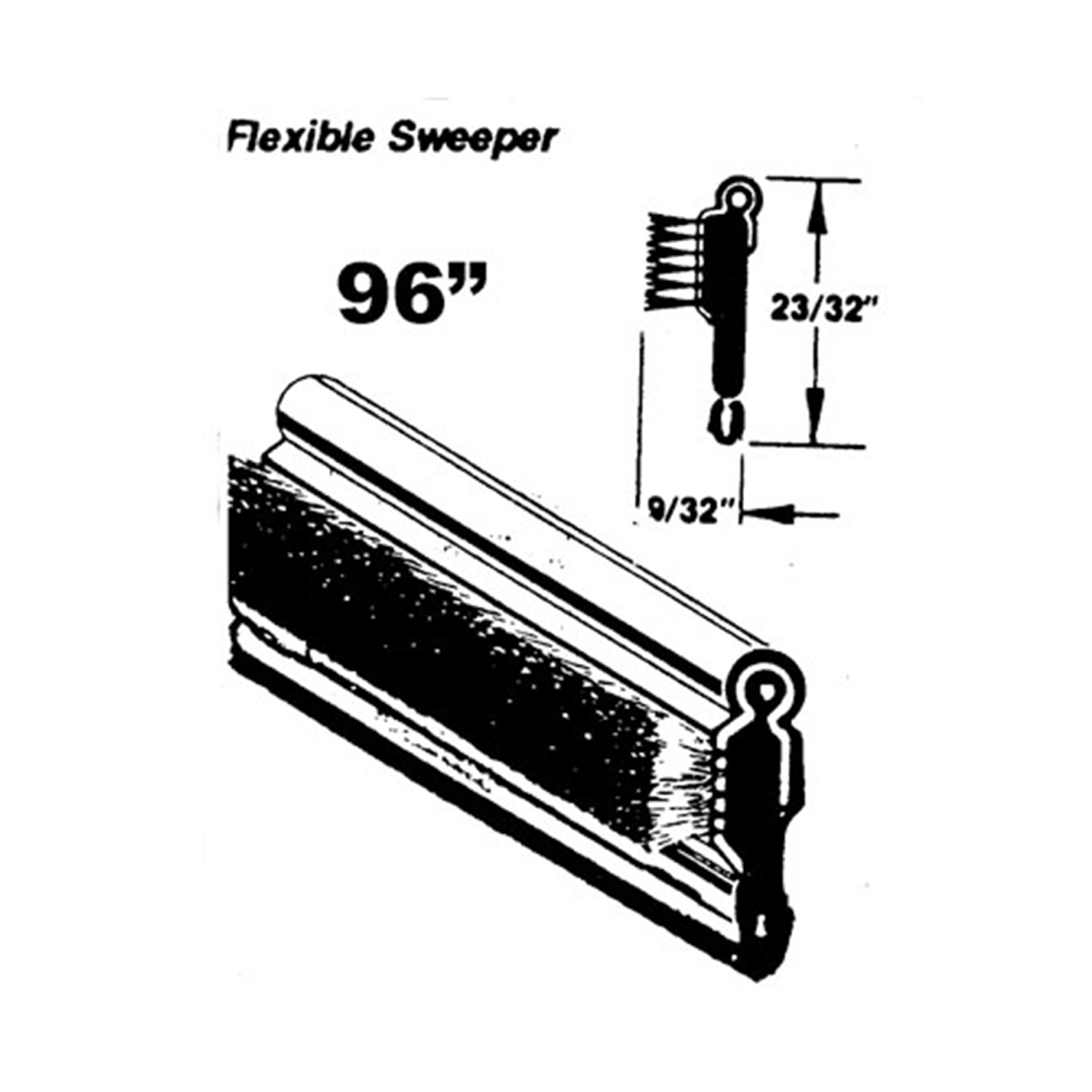 1952 Packard 250 Flexible window sweeper. Made with stainless steel bead-WC 4-96Flexible window sweeper. Made with stainless steel bead. 96 in. long. Each. NOTE: $20 special shipping charge applies for domestic orders. Call or email for overseas shipping costs. Part can be sectioned in two or three equal lengths to reduce overseas shipping costs.
1952 Packard 250 Flexible window sweeper. Made with stainless steel bead-WC 4-96Flexible window sweeper. Made with stainless steel bead. 96 in. long. Each. NOTE: $20 special shipping charge applies for domestic orders. Call or email for overseas shipping costs. Part can be sectioned in two or three equal lengths to reduce overseas shipping costs.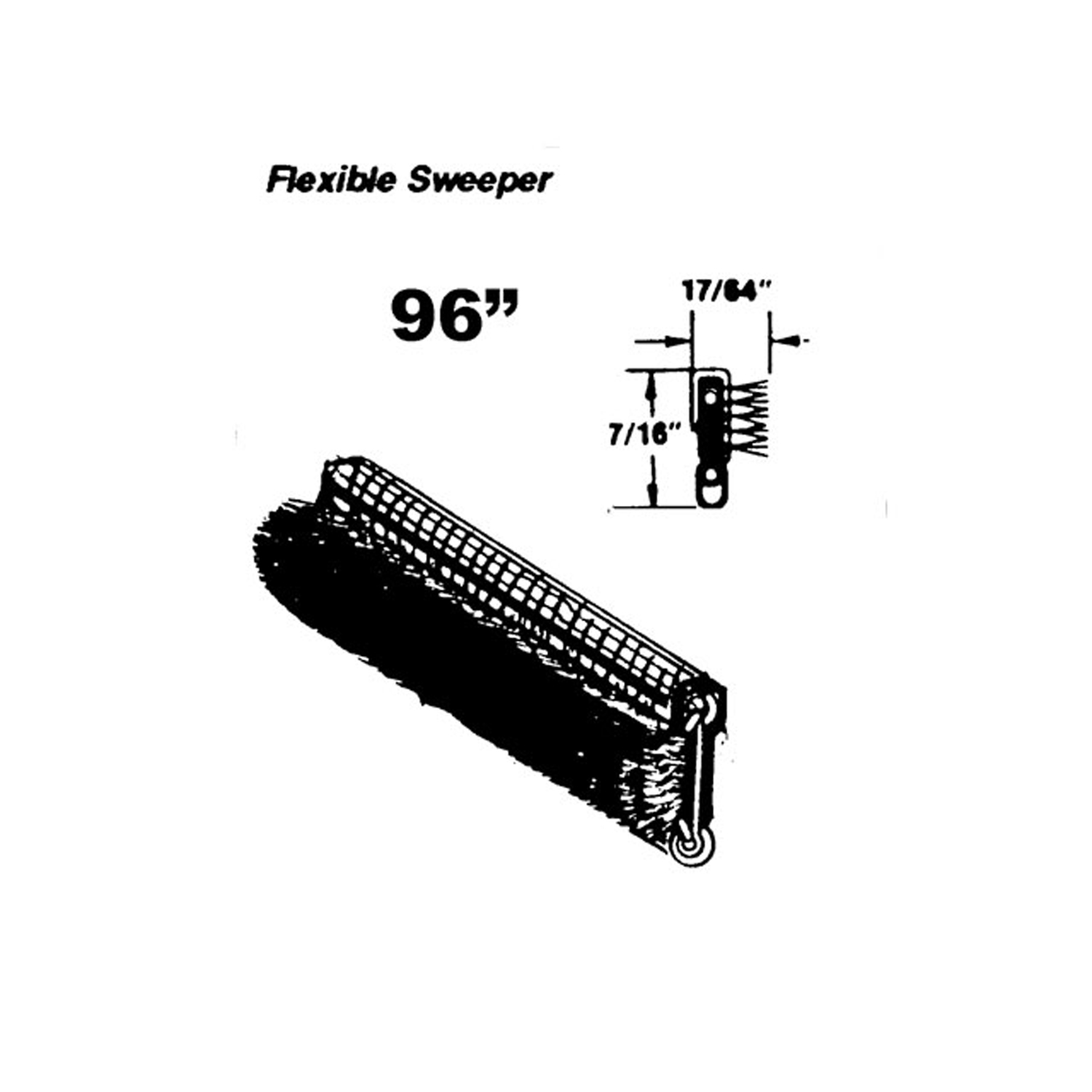 1952 Packard 250 Flexible window sweeper-WC 5-96Flexible window sweeper. Made with black electro-plated steel. 96 in. long. Each. NOTE: $20 special shipping charge applies for domestic orders. Call or email for overseas shipping costs. Part can be sectioned in two or three equal lengths to reduce overseas shipping costs.
1952 Packard 250 Flexible window sweeper-WC 5-96Flexible window sweeper. Made with black electro-plated steel. 96 in. long. Each. NOTE: $20 special shipping charge applies for domestic orders. Call or email for overseas shipping costs. Part can be sectioned in two or three equal lengths to reduce overseas shipping costs.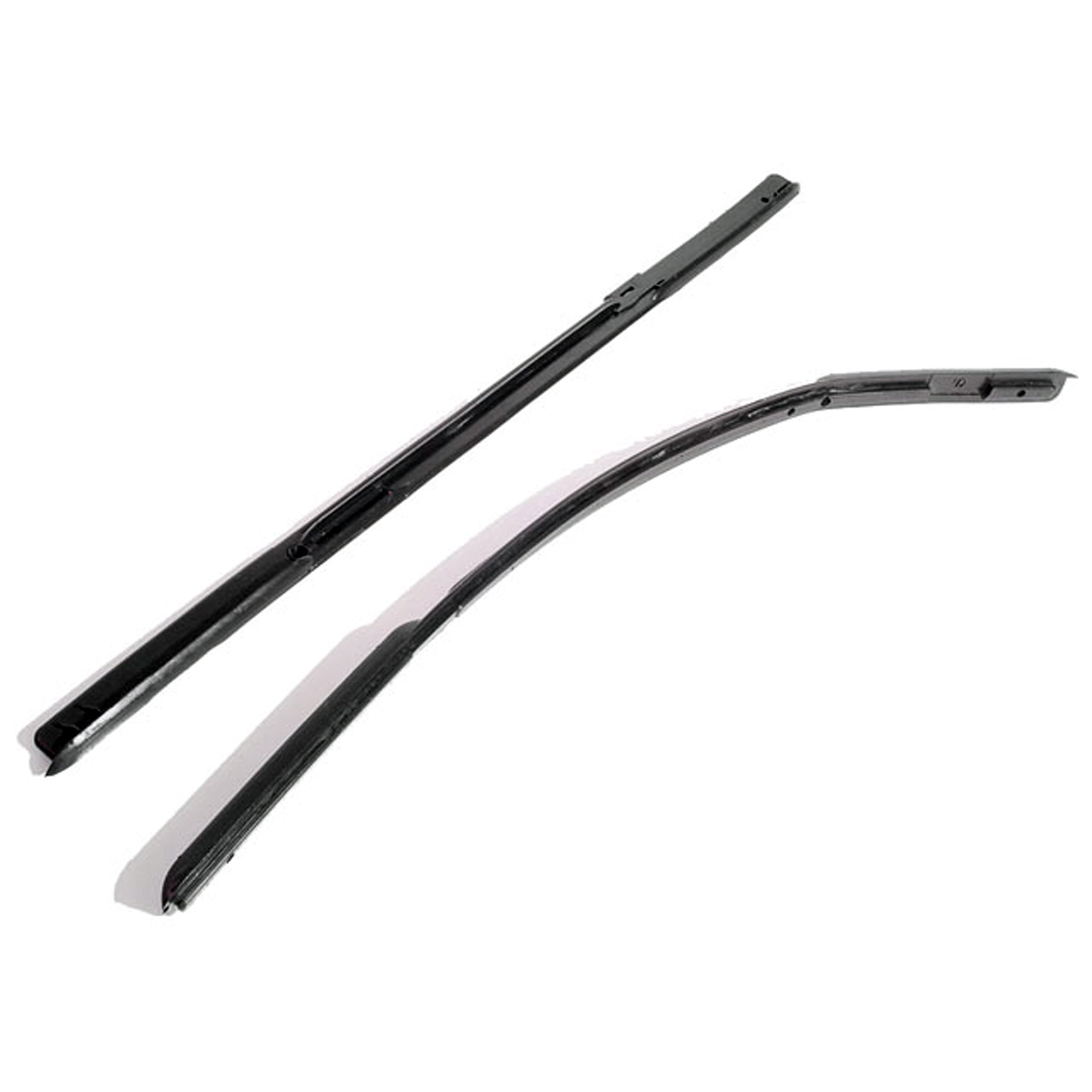 1952 Packard 250 Vent Window Seal. Pair-WR 2300Vent Window Seal. Pair
1952 Packard 250 Vent Window Seal. Pair-WR 2300Vent Window Seal. PairWhy Choose Metro?
For over 100 years, Metro Moulded Parts has been the pinnacle of quality in classic car restoration parts. Our commitment to precision and authenticity in every component ensures a perfect fit and an OEM-level appearance.
- Expert Craftsmanship & Quality: Each part is a testament to our dedication to reliability and perfection, crafted from original designs and thoroughly tested.
- Advanced Technology: We use cutting-edge techniques to create flawless, long-lasting parts that surpass others in performance.
- SuperSoft Sponge – The Ultimate Door Seal: Not only are our door seals 30% softer than competitors', but they're also guaranteed to never leak. They effectively reduce wind and road noise, enhancing your classic car's comfort and driving experience.
- Proudly American: Our parts are a product of American craftsmanship, made in the USA with a spirit of excellence and heritage.
- Unrivaled Warranty: We back our products with a 30-year industry-leading warranty, a testament to our confidence in their quality.
Join us in preserving the legacy of classic cars with parts that are crafted for perfection, not just made.

